- Home
- Machining techniques
- CNC Machining Services
- Cooperative supply services
- Designs
- Materials
- Finishing Services
- Shop
- Products
- Guide
- About Us
- Contact Us
2021.12.11
In this article, we discuss the application of error compensation in improving machining accuracy of CNC machine.
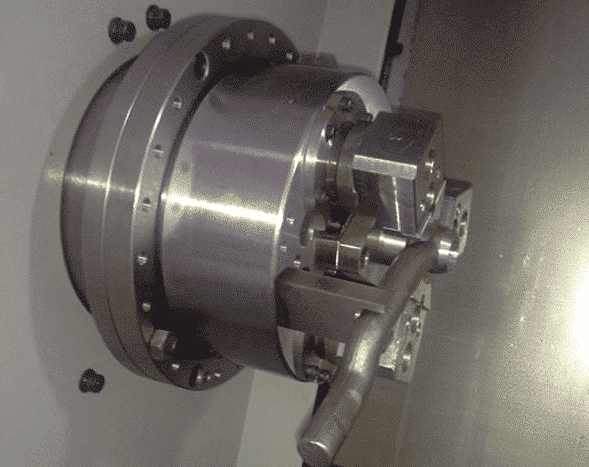
Mechanical production requires the participation of CNC machine tools. In the processing process, there is a perfect precision adjustment system. It is usually carried out according to the use requirements of parts, but it is more necessary to consider the hard standard of management and improve it through technical means. Accuracy of machined parts. The specific technical improvement mainly includes the following aspects. The first is the part temperature control in the processing stage. If the temperature exceeds the range of raw materials, it will deform due to overheating, thus reducing the accuracy of parts. Second, adjust the tool angle. Tools will be worn to varying degrees over a long period of time. The parts produced by the machine tool will also be affected by the specification and size. Regular inspection tools can avoid such problems. The vibration generated by the old machine tool during operation will also reduce the accuracy. If it cannot be recovered through commissioning, the infrastructure must be replaced. Finally, the error caused by the control system. It is necessary to evaluate the feedback parameters of the system and optimize the system through programming. Several common error compensation control methods are summarized below.
1. Error proofing method
After finding out the cause of the error, the CNC machine tool can be adjusted locally, the parts with serious wear can be replaced, and after adjustment, check whether the parameters return to the normal range. According to the error of processed products, judge the unreasonable phenomena in the NC system and solve them in time. Preventing errors can also save construction costs and avoid cost losses caused by secondary maintenance. The error prevention method reduces the temperature rise of the heat source, balances the temperature field and reduces the thermal deformation of the machine tool to a certain extent, but it is impossible to completely eliminate the error sources such as thermal deformation and geometric error. Error proofing method is the most basic means to ensure the machining accuracy of NC machine tools, but on the one hand, this method is mainly restricted by the accuracy of machining machine tools, on the other hand, the improvement of part quality leads to the expansion of machining cost, which limits the use of this method.
2. Prevention of dimensional error and geometric error
Once there is something wrong with the machine, the ratio between parts will be wrong. In the error repair technology, it is necessary to clarify the geometric characteristics of each structure and find out the places with relatively weak stress as the basis of error detection, which can save a lot of maintenance time. The maintenance of NC machine tools through geometric error adjustment technology can promote mechanical production and processing more efficient and stable. In order to prevent and reduce the geometric errors of various machine tool parts in the manufacturing and installation process, many countries have invested a lot of human and material resources, adopted improved processes and new materials, and developed high-precision spindle and guide rail. measures; Many scholars at home and abroad have studied the static and dynamic stiffness, anti vibration analysis and topology optimization of CNC machine tools such as bed, ram, column and worktable. The static and dynamic stiffness and temperature changes of screw and other mechanical parts largely determine the machining accuracy of the whole CNC machine tool and improve the machining accuracy of the whole machine tool.
3. Prevention of thermal deformation error
In order to prevent thermal deformation, the most important thing is to control the temperature of the machining process. The numerical control system judges whether there are potential safety hazards according to the temperature obtained by feedback, and makes automatic adjustment. The setting of the temperature circulation system is also important. When the temperature of the production link exceeds the standard, part of the heat can be taken away through the cold cycle to meet the production and use requirements. The process of thermal deformation error is: the heat of the heating element is transmitted to the surrounding environment through the contact surface or radiation, causing the element to deform and produce error. It has the characteristics of multivariable, large time delay, nonlinearity and strong coupling. The research on thermal deformation error is relatively late, mainly by reducing heat source, controlling heat transfer path and adopting thermal stability structure.
When the accuracy of machined parts decreases, there must be an error problem in the system. Using the compensation method to compensate the error, such problems will not occur in the machining process, and the purpose of error compensation and adjustment is achieved. The production and processing task of NC machine tool is completed by the automatic control system. We must first adjust the system, improve the control system and find out the cause of the problem. The basic definition of error compensation is to artificially generate a new error to offset or greatly weaken the original error, which is a problem at present. Through the analysis, statistics, induction and mastery of the characteristics and laws of the original error, the error physical model is established, trying to make the artificial error have the same value and opposite direction with the original error, so as to reduce the machining error and improve the part size and geometric accuracy. Error compensation is not only the key link of NC machine tool error modeling and error compensation, but also the key link of machine tool error correction.
1. Identification of cutting force error component
The cutting force is determined by the tool parts. The existing maintenance technology has been able to calculate the parameters of the cutting force through the mathematical model. After establishing the mathematical model, it is found that the problem can be solved in a short time. Excessive amplitude will also affect the quality of finished parts. By observing the rated parameters in the model, we can understand the final adjustment scheme, control the noise and vibration in the production stage within a reasonable range, and will not affect the processing process.
2. Error identification
As the basis of the preliminary work of error compensation, the accuracy of error identification is directly related to the compensation accuracy of the system. Error identification is a complex and time-consuming work. Many scholars at home and abroad have carried out various research and developed many error identification methods. It can be divided into three categories: single error direct measurement, comprehensive error measurement and indirect measurement.
3. Error compensation technology
There are three compensation methods: A. static compensation method: it can only compensate according to the preset value, but not according to the actual situation, so this method has great disadvantages; b. Real time compensation method: compensation is based on the detection and feedback of the hardware system. It can adjust the compensation amount in real time and improve the machining accuracy, but it can not fully compensate all error elements; c. Comprehensive dynamic compensation method is the development of real-time compensation technology, which can compensate according to working conditions and environment. The compensation amount can be adjusted automatically according to the change of condition and spatial position, and various errors can be compensated comprehensively.
Using error compensation technology to improve the accuracy of machine tools has attracted more and more attention. With the continuous improvement of accuracy requirements, thermal error compensation becomes more and more important. There are still many problems to be solved in error compensation: the improvement of error modeling method, how to improve the universality of error compensation model and the speed and accuracy of error identification. In addition, error compensation can also be realized by tool setting instrument.
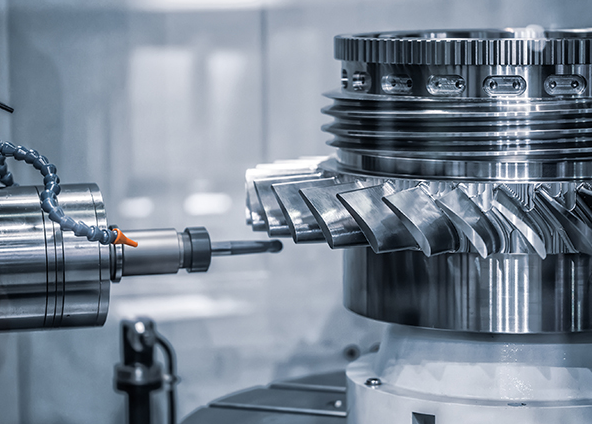 Error Compensation For Improving Machining Accuracy Of CNC Machine
Error Compensation For Improving Machining Accuracy Of CNC Machine
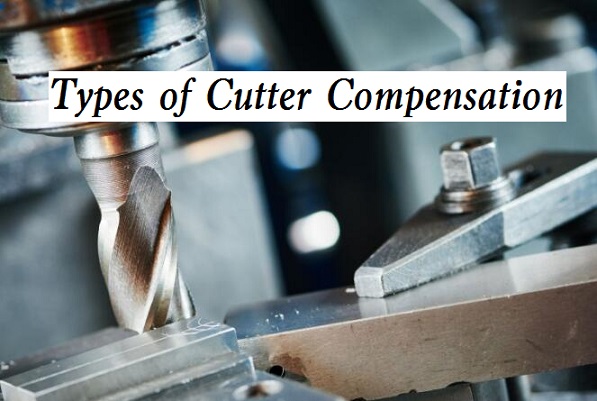 Types of Cutter Compensation: Tool Length & Cutter Radius Compensation Definition and G-Code
Types of Cutter Compensation: Tool Length & Cutter Radius Compensation Definition and G-Code
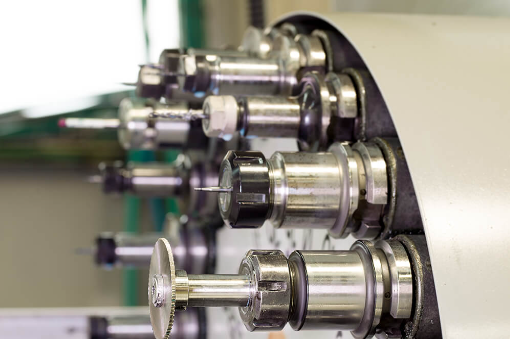 What is the Compensation Function of CNC Lathing?
What is the Compensation Function of CNC Lathing?
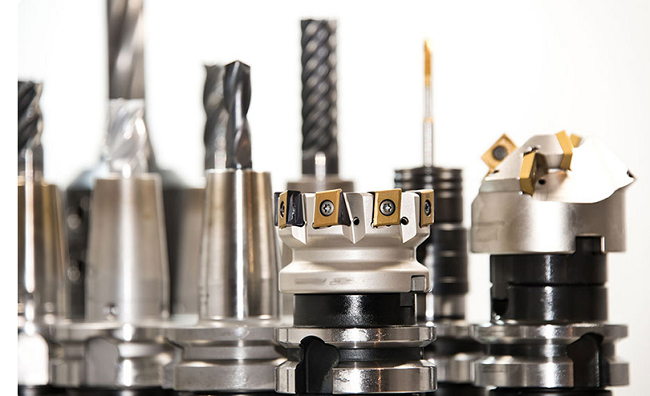 Top 12 CNC Machining & Programming Experiences | CNCLATHING
Top 12 CNC Machining & Programming Experiences | CNCLATHING
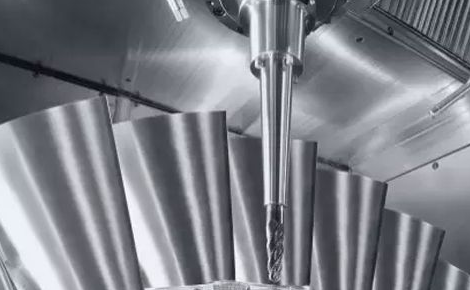 What Causes Roundness Errors On Machining Centers & How To Fix Them | CNCLATHING
What Causes Roundness Errors On Machining Centers & How To Fix Them | CNCLATHING
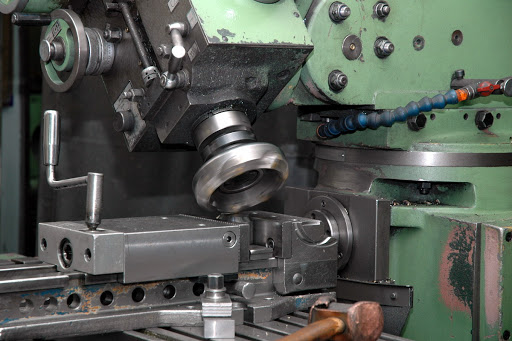 CNC Machining Vs Conventional Machining – Difference Between CNC Machining And Conventional Machining
CNC Machining Vs Conventional Machining – Difference Between CNC Machining And Conventional Machining
